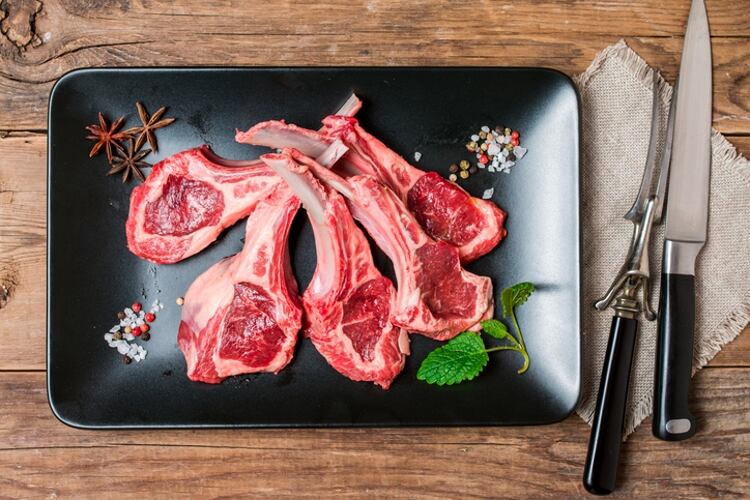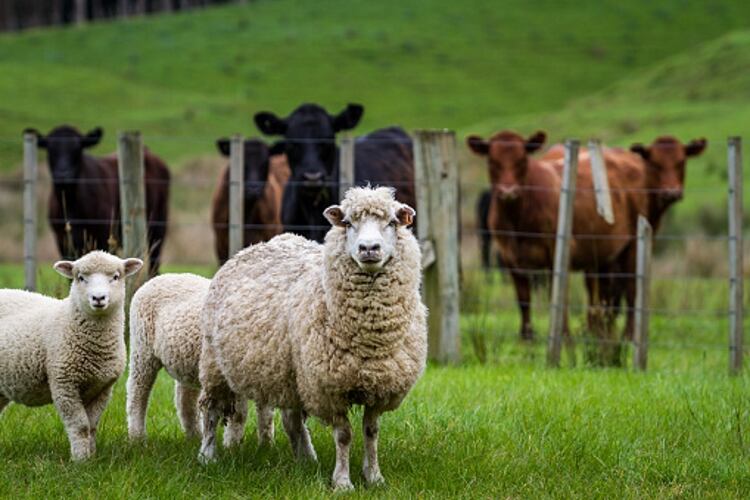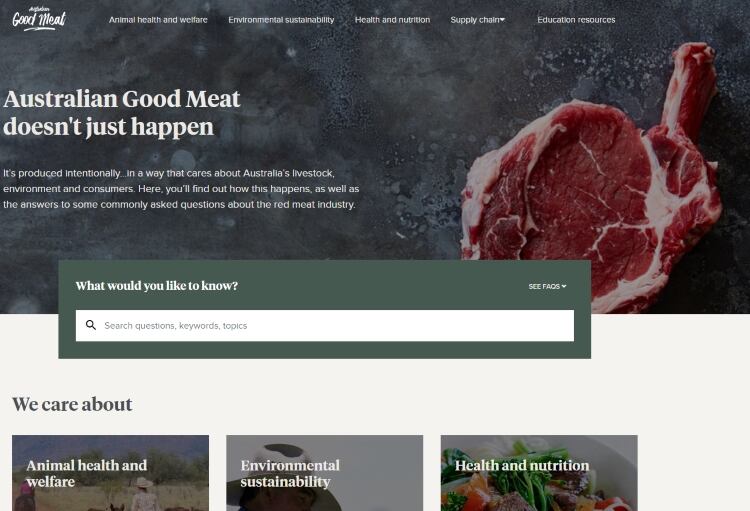It said that lamb prices in major exporting and consuming countries rallied in 2018 on top of consistent year-on-year growth since 2013.
Australia and New Zealand drove supply and accounted for 70% of global lamb product traded, it said.
While New Zealand had limited capacity to expand sheepmeat exports, Australia had greater growth potential, particularly in lamb, it said.
However, MLA admitted that neither country was in a position to take on the entire growing global appetite for lamb and mutton.
The other cog driving global markets was China, the world’s largest producer, consumer and importer of sheepmeat, it said.
China’s sheep industry was cyclical in nature, it noted, with opportunistic small-scale producers entering and exiting depending on the market. But as 95% of consumption was domestically produced, small shifts in local supplies could lead to major swings in import demand.
MLA also predicted that sheepmeat demand in China could fall victim to the ongoing trade war with the US, a devaluation of the yuan and slowdown in economic growth.
Despite these concerns, demand from China had not been affected, said MLA. China has been Australia’s best-performing export market so far this year, with sheepmeat shipments up 43% to record levels (54,600 tonnes swt) in the first seven months of 2018.
The growth in China was adding to demand pressure from Australia’s longstanding traditional sheep meat markets – such as the US, EU and UAE – and emerging ones, including Japan, South Korea and Iran.
However, the MLA warned that the African Swine Fever outbreak reported in China could lead to significant culling. This could place a huge dent in the supply of pork, leading to an increased demand for imported pork and other meats, including Australian mutton and lamb, to cover the shortfall.
The report by MLA said: “New Zealand slaughter is currently in the midst of a seasonal trough. Meanwhile, the old-season lamb supply in Australia is ever-shrinking and the onset of the early spring lamb crop out of NSW is delayed due the failed season and spiking grain prices.”
The MLA also pointed to the UK, the largest producer in Europe, and the US, Australia’s largest prime lamb market, as having experienced price spikes.
The Australian trade lamb indicator so far in August has averaged a 6% premium to its New Zealand counterpart, as well as a 17% discount and 5% premium to the national indicators in the US and the UK, respectively.
MLA said that while sheepmeat was largely a niche component in diets across the world, its popularity was growing and global consumption was forecast to increase 2% annually in coming years.
MLA also warned about the potential impact of currency fluctuations in Australia remaining competitive.
Australian sheepmeat supply will hinge on the unfolding poor season, and the timing and quality of the new-season lamb crop would largely dictate prices throughout the rest of 2018, added MLA.



